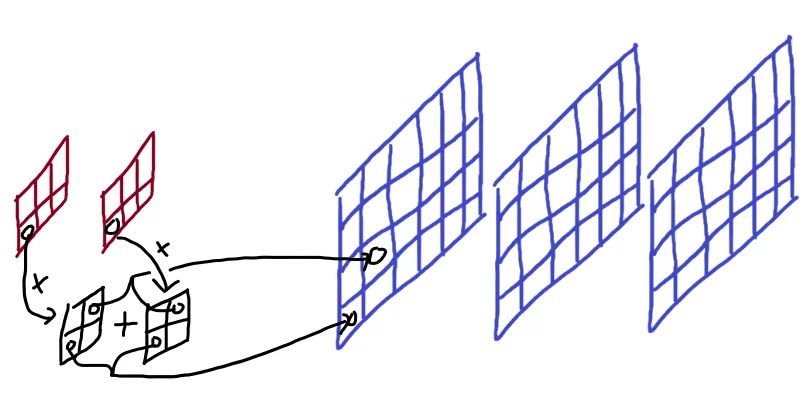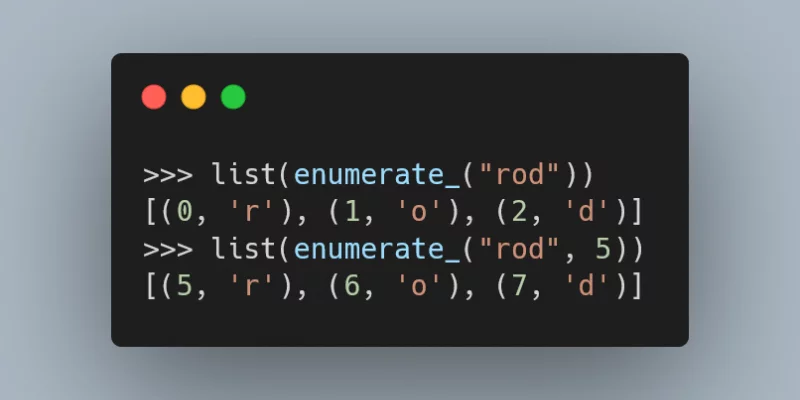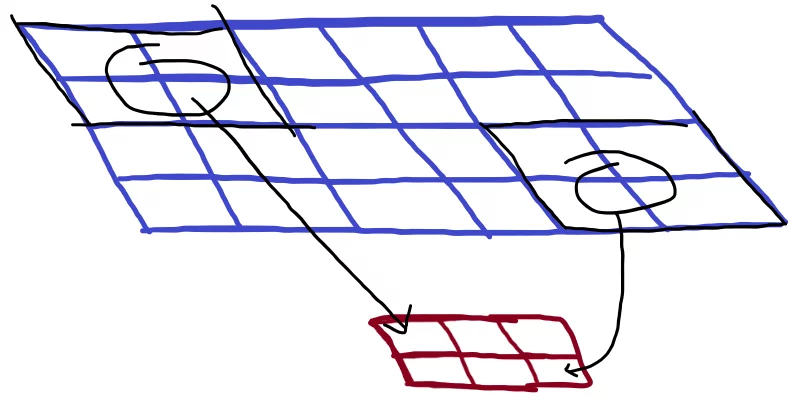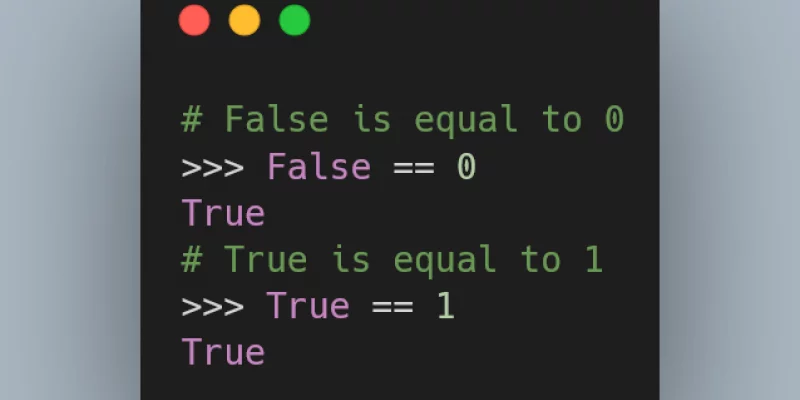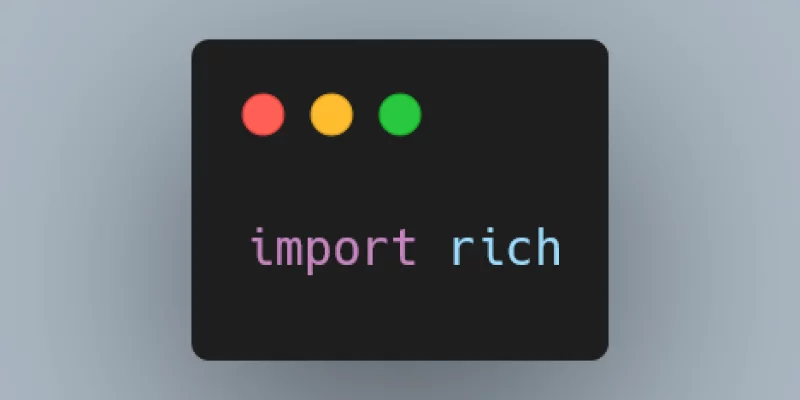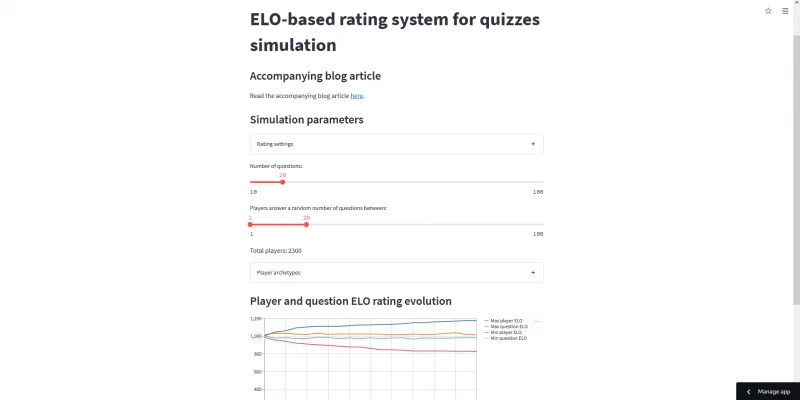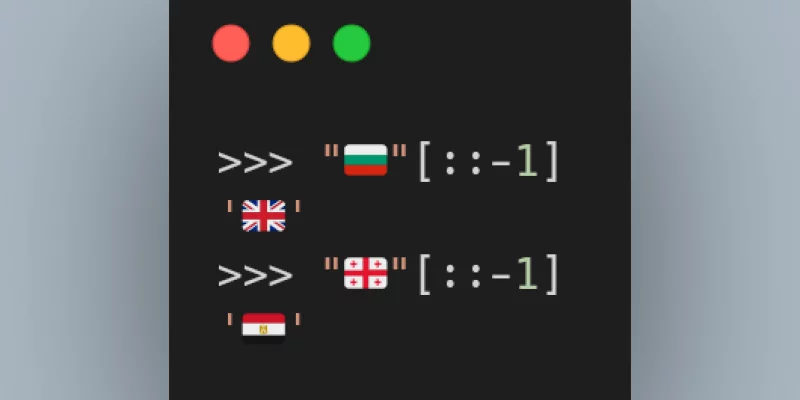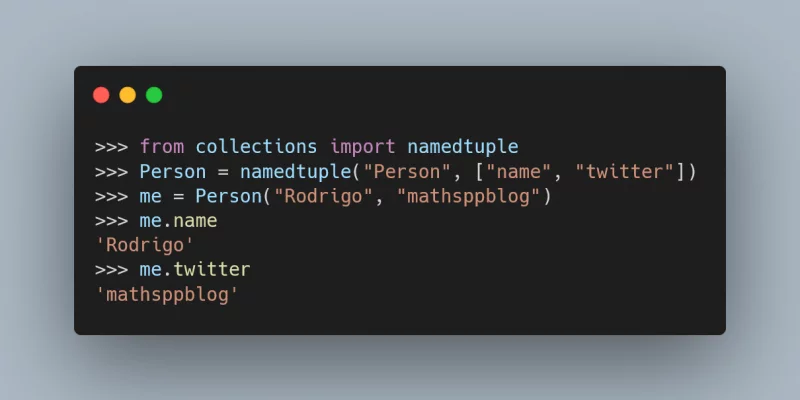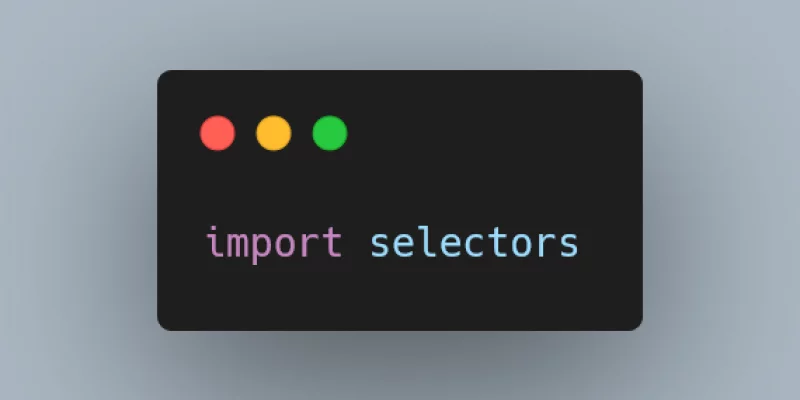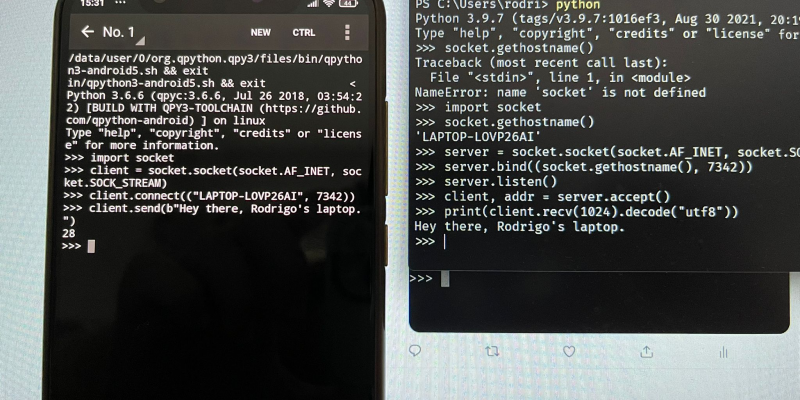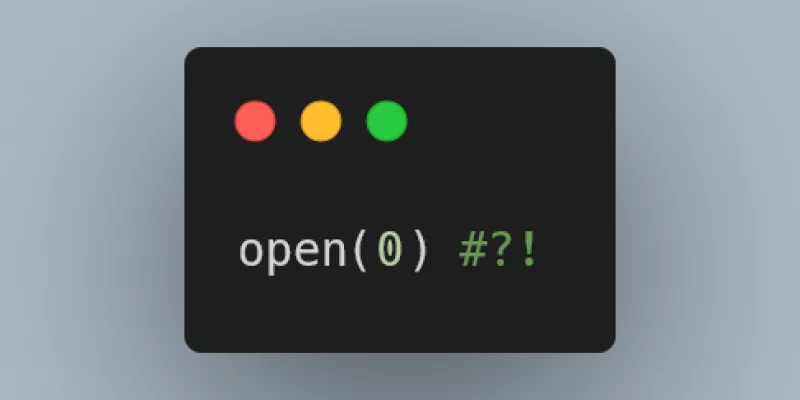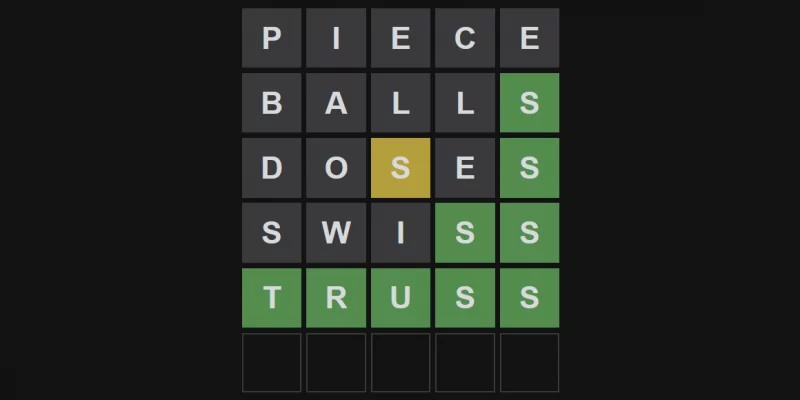Today I learned how to run the black Python code formatter as a pre-commit hook on git.
Today I learned about multi-channel transposed convolutions.
In this article we reimplement the built-in enumerate in the best way possible.
Today I learned about the transposed convolution transformation in CNNs.
The Zen of Python says “there should be one -- and preferably only one -- obvious way to do it”, but what if there's a dozen obvious ways to do it?
Join me as I create a simulation that tries to test an Elo-based rating system for quizzes.
Today I learned that you can build web apps with Python using streamlit.
Today I learned that the reverse of some flag emoji are other flags!
Create a simple chatroom server in Python by following along this tutorial series.
Today I learned how to use the namedtuple from the module collections.
Today I learned about the Python module selectors to manage multiple socket connections.
Dive into the world of socket programming with this Python tutorial that assumes 0 prior experience.
In this article we try to crack Wordle, a variation of mastermind played with (English) words.

